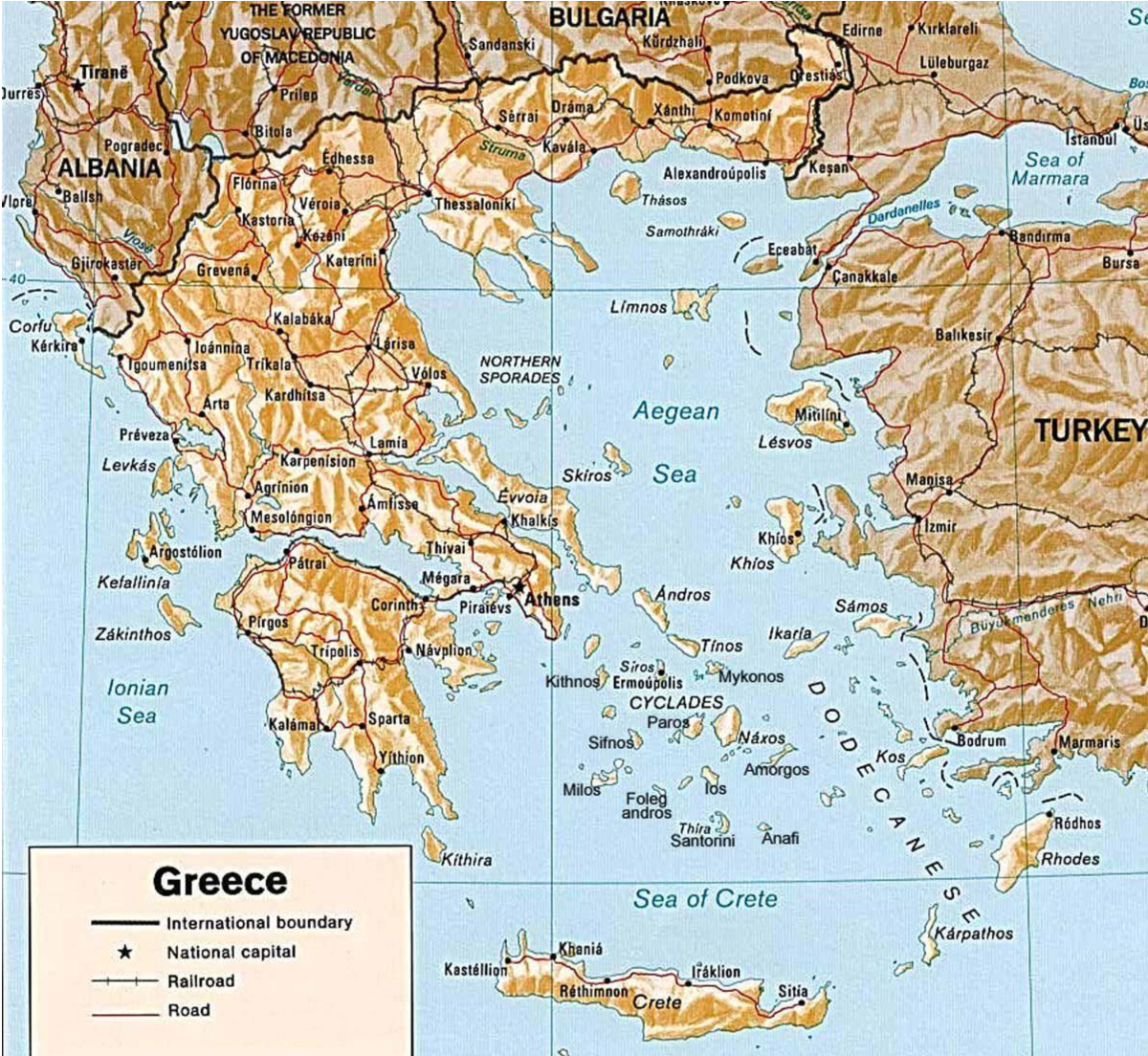I'm somewhat reminded of what I've more recently been learning about Ancient Greece which is that it was actually an essentially an
Agro-Pastoral society:
Pastoral farming has been a feature of the Greek scene since antiquity. The geomorphology of the area, climatic conditions and the prevailing systems of agricultural production in lowland regions at any given time have all been conducive to the development and preservation of this productive...

pastoralismjournal.springeropen.com
The present ‘transhumance versus agro-pastoralism’ debate is here set within the context of a broadly based anthropological approach to pastoralism. Certain constant features of the relationship of pastoralists to their landscape are identifiable,
www.academia.edu
Much of mainland Greece and the islands are simply not suited for large-scale agriculture—too rocky, mountainous, and with thin soil. To make up for this, the Greeks heavily supplemented their agricultural economy with
animal husbandry and transhumance. They herded goats and sheep seasonally between highland and lowland pastures, relying on their
milk and meat as dietary staples. It’s no coincidence that many early Greek myths, like those of the Homeric heroes, often portray shepherd figures tending their flocks—pastoral life was deeply embedded in their cultural identity.
What's been standing out to me is how
mobile and adaptive the Greek economy seems to have been. Households often shifted between different roles depending on the season or family structure—some members farming what land they could, others herding animals, trading, sailing, or even fighting. Sounds a whole lot like how it appears Somali society functioned except we had bigger herd animals in the form of camels and cattle and less mountainous and rocky terrain.
@Idilinaa @Midas @Xareen @NidarNidar




